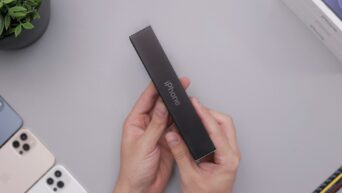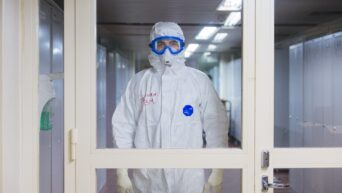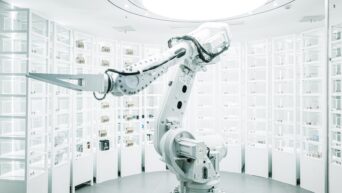The Boeing airline is the top name of the transportation and aviation industry, looking to other means of flight and possibilities ocean vessels. Boeing’s CEO, Dennis Mulienburg, releases developing projects and technologies.
The company features new air crafts including, 737 Max, 777X, 787 Dreamliner, and TX Trainer. Aside from the new product line Boeing is looking into autonomous programming for commercial, private, and cargo air fleets.
Boeing’s defensive space contracts offers autonomous operations and they’re looking into using this programming for commercial and cargo air fleets. They also are creating various sized drone for different purposes for military customers.
They company is also operating an un-manned airplane in space, the X37, that is setting new duration records. Boeing is in developing phases of an un-manned submarine and is conducting sea trials.
Looking to the future Boeing is focusing on urban daily needs, including flying taxis. Though there is no official time-table when this technology will be available, with Mulienburg predicting that it should be within the next decade if possible. Boeing will also be focusing on high-speed travel opportunities with possibilities for developing hyperloops.
“Personal flying taxis, that’s going to happen,” says Mulienburg, “the technology hurdles are quickly coming down. We’re also working through regulatory questions and public acceptance of these new technologies, but autonomy is going to change our world.”
The concept of hyper-sonic flight was developed by one company in 2003, but the business shows challenges for jet-propulsion and engine technology for airplanes. The new technology has also been hard to finance, with Boeing looking towards the possibility of hyper-sonic hyper-speed airplanes such as a Mach 5.
Boeing also made a capital investment in a new company, Reaction Engines, investing in engine technology that operates at the hyper-sonic hyper-speed range. Mulienburg hopes this technology will become economically viable, opening up new alternatives for the future. This technology can be utilized for low-Earth orbit space travel, with possibilities of locations outside U.S. space station in orbit.
































